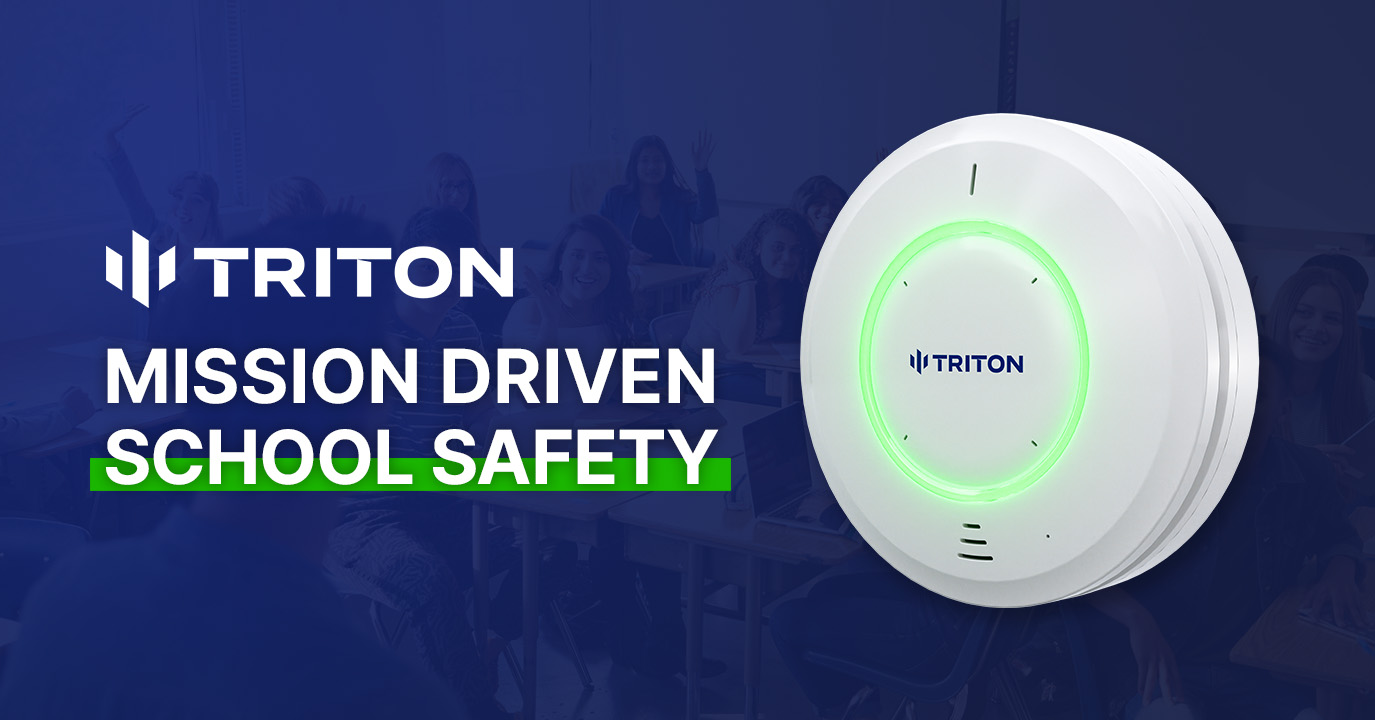Not long ago, vaping seemed to be unstoppable in schools. Students would sneak into bathrooms between classes to smoke flavored THC and nicotine vapors. Administrators and teachers were powerless until the districts started turning to an alternative method of protection: the vape detector.
Today, schools across the country are reporting major success stories that show how this technology can transform the vaping epidemic.
A Case Study: Reducing Vaping by 83% in 10 weeks
Luling Independent School district was faced with a serious problem with vaping. Despite the warnings of school authorities and the implementation of more strict guidelines, some students smoking in lockers and bathrooms. room. Smoke alarms were not effective against vapor. There was no way for staff to be everywhere.

The district tested several vape detectors in March. The results were striking. In just five short weeks the number of vaping incidents had dropped significantly. After the ten-week period, vaping decreased by 83%..
For administrators, the success went beyond numbers. Teachers reported less interruptions and students began to realize that smoking cigarettes will not be ignored.
Match Charter School Experiences Similar The School’s Success
Match Charter Schools is another effective model. They had to fight back against vaping at high and middle schools. They set up vape smoke alarms in August and saw immediate improvements.
By December just four months later, the administrators announced an 80percent decrease in the number of vaping incidents per week. Parents thanked the school for taking concrete steps to protect children. Teachers also noted that there was a reduction in hallways with loiterers, and bathrooms crowded.
The two districts above represent the growing trend: Schools that implement vape detection show tangible improvement in their behavior and overall security.
What makes vape detectors effective?
The technology behind the results is what makes them possible. Modern vape detectors do more than just detect vapor. They also track conditions of the air, including occupancy levels and send staff with real-time notifications. Administrators no longer need to rely upon guesswork or reports basing their decisions on information that has been gathered later.
Even more important the fact that detectors have been designed with security in mind. No cameras. No audio recording. Simply accurate, instant information that allows schools to act swiftly without violating student rights.
The combination of effectiveness with compliance, affordability and effectiveness make vape detectors the most safe safety device schools can implement today.
The Safety Net Expands Beyond Vaping
Many administrators are aware that the detectors go beyond prevention. The latest systems can detect loud noises and keywords that are linked to vandalism and emergencies.
For example in the event that a group of students is seen loitering around a bathroom The detector will be able to detect an unusually high occupancy. Staff will be alerted when someone shouts “help” or another distress word. In this manner, the use of vape detectors at schools becomes an integral part of a bigger safety plan of action that takes into account both health hazards and the possibility of violence.
Parents and Boards are in support of Vape Detectors
The most often ignored benefit is the confidence that comes from transparency. Schools using detectors may produce reports that show clearly the patterns in vaping. These reports can be distributed to schools, community groups, and parents to demonstrate the effectiveness of the measures implemented.
Parents are particularly responsive to measurable outcomes. A vape smoke detector isn’t just catching students it’s protecting their health and reinforcing the message that vaping has no place in schools.
The Key Takeaway The Takeaway: A Tested Path to Success
The past few years, vaping was thought like a war invisible to schools couldn’t take on. However, case studies from districts across the country show that the opposite is true. Administrators can spot dangers and stop risky behaviors by using a real-time vape detector. This provides an environment that is more secure for students.
Vaping is still a concern but it’s evolving. Vape detection isn’t just a response to a problem, it’s an opportunity for schools take the lead in creating an environment that is healthier for their students.
Conclusion
Schools across Texas and Massachusetts are showing that technology is effective. A modern vape alarm does more than simply alert. It changes the way that students behave as well as builds trust. an all-time solution to the biggest health problems facing today’s students. Vape detectors in schools are not an experiment for any district which is concerned about the safety of students. They’re the norm now.
